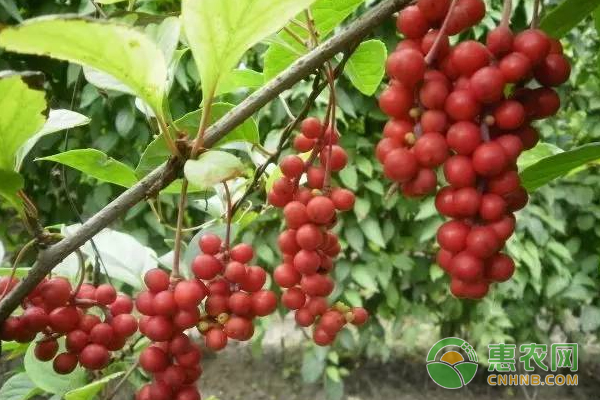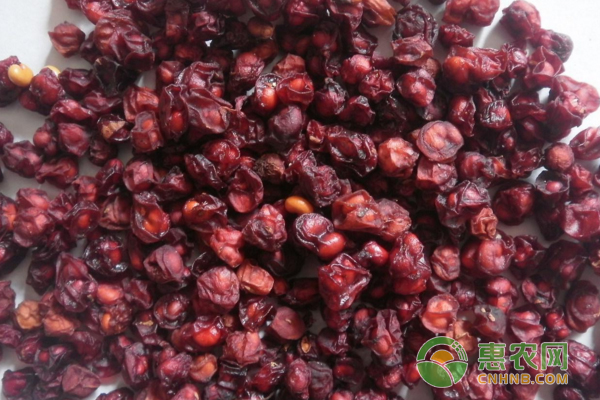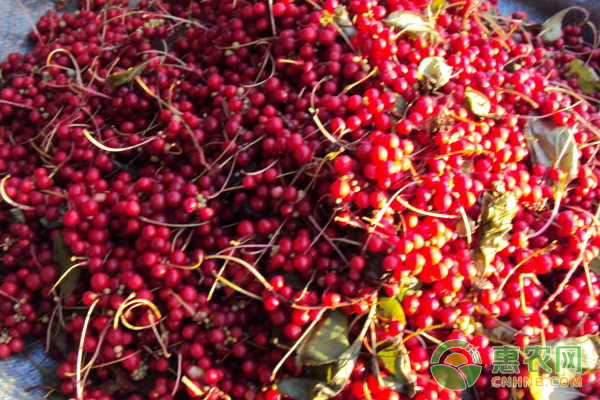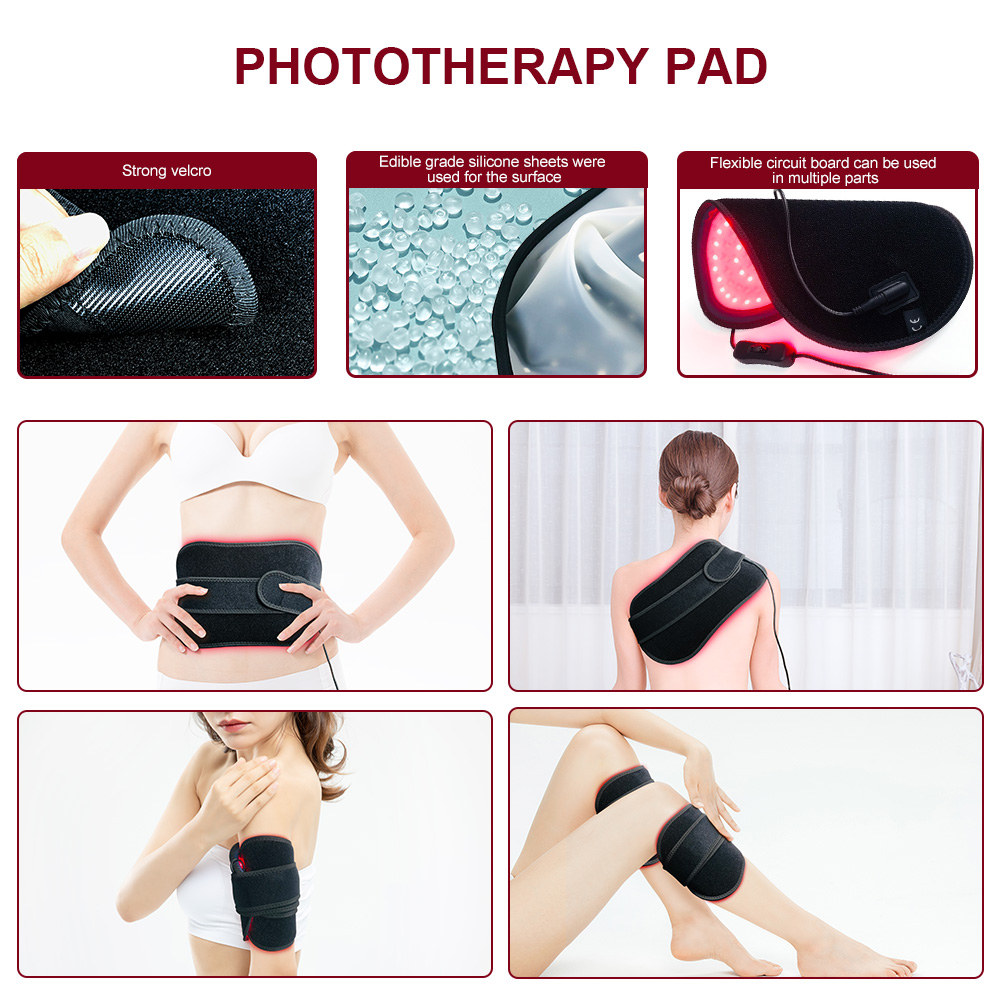How is high-yield planting of Schisandra chinensis? The northern schisandra is a bright red berry, juicy, sour and slightly succulent. It can be processed into natural fresh juice, which has excitatory effects on the central nervous system and respiratory system of the human body. It is mainly distributed in the northeast and north China, so it is called north. Schisandra, today Xiaobian said that the cultivation method of Schisandra chinensis. 1 Cultivation site requirements 1.1 Climate 1.1.1 Choosing semi-yin cultivation, because of the weak resistance of Schisandra chinensis to strong winds, it is best to plant in areas with windbreaks or strong winds. 1.1.2 Schisandra chinensis is a hi-light plant, but does not like glare. Under the strong light of July-August, there will be a tip of the blade withered and drooping, which will cause the fruit of the Schisandra. 1.2 Soil quality 1.2.1 Choose a well-drained, ventilated, fertile and moist sandy loam. 1.2.2 If the ground is covered with straw or fallen leaves when self-cultivating in a dry land, keep moisture. 2 breeding methods Schisandra can be propagated by means of seeds, cuttings, ramets, and strips, and the cutting method and seed method are often used. 2.1 cutting propagation 2.1.1 Preparation of cuttings The cuttings are made of the strong part of the roots and stems of the first year, and the stems are cut into 1 m long and then transported in plastic bags. The cuttings are selected at the time of cutting, and the length of the cuttings is 20-30 cm. 2.1.2 Cutting period October: After the autumn leaves, before the spring of April. 2.1.3 Cutting method One bud was left on the ground stem, and the other part was inserted into the bed and buried in the soil within 2 cm. For the seedbed, sand and humus can be used, and after the cutting, the agricultural film can be used to cover the shade. 2.1.4 cutting treatment Soak the ground stems with clean water for 24 hours and then cut them. 2.1.5 Management after broadcast After the cutting, fully watering, do the shading measures, keep the light transmittance to 40%, dim after rooting, ensure the light transmittance is 60%, and cancel the shade shelter in late September. 2.2 Seed reproduction 2.2.1 Seed treatment The harvested seeds are dried and then layered. The stratified treatment site is selected to be leeward to the sun. After deep digging for 60cm, the sand and seeds are mixed and put into the pit to cover the soil. After the seeds are taken out in spring, they are washed with sand and washed with clean water. Remove seed coats and other substances. 2.2.2 Sowing Covered with soil after sowing, the soil thickness is 2.5 times that of the seed, and the surface of the seedbed is covered with straw or hay. 2.2.3 Post-broadcast management Water is poured every other week after sowing, and emergence begins in the middle and late July. 2.3 ramets method The fertilization management was strengthened in the previous year, and the seedlings were prevented from being lost when the ramets were planted. The above-ground part of the ramets could be cut after 30-50 cm, which was conducive to transportation and management. 2.4 bead method In the period of May-June or when the dormant buds are germinated, the common method and the wave pressure can be adopted, and the soil thickness is 10 cm. 3 colonization 3.1 Precautions for seedlings 3.1.1 The external resistance of the root tip is weak, so it is easy to see light or dry in the air. 3.1.2 After the cutting seedlings can be transplanted, if there are more roots and stems, leave 1-2 rhizomes and cut off others. 3.1.3 For long-distance transportation, turf should be used to moisturize the root system. 3.2 Planting period and plant spacing Planted in spring and autumn. The row spacing is 1m×1m or 1.8m×0.6m. 3.3 Fertilization and watering 3.3.1 In the second year of June of the second year and the middle of the first half of August and the middle of August, the second round of fertilizer: chamfered fertilizer + ash 4kg / pit + compound fertilizer 50g / strain, the method is to excavate and fertilize the tree. 3.3.2 Do not use the foot near the root after planting. It should be watered with a taro and then watered, covered with straw or fallen leaves. 3.3.3 The survival rate of shading is high, and the depth of transplanting is 4-5 cm of covering soil. If the soil is deep, the vigor is low and the growth is slow. 4 Management after planting 4.1 loose soil weeding After planting, weeding and weeding, but be careful not to damage the roots. 4.2 bracket When the stem of Schisandra chinensis grows to 50cm, the stent is supported by the grape stent method, which is favorable for ventilation and ventilation. 4.3 Preventing fruit drop 4.3.1 Fruit drop introduced Choose soil with good drainage and permeability, keep the soil pH below 5-6, and choose neutral soil or slightly acidic soil. 4.3.2 Fruit drop caused by lack of nutrition 4.3.2.1 Sprinkle lime water on the ground 2-3 weeks before flowering or 5-6kg/10 00m2 and quicklime 20kg/m2 on the ground for 2-3 years. Be careful not to stick the leaves. 4.3.2.2 In the first half of May, borax and quicklime were sprinkled on the ground or 3-4kg/1000m2 borax was sprayed on the ground in 2-3 years. 4.4 pruning 4.4.1 Cut off the dense branches, overlapping branches, weak branches, diseased branches, and dead branches. 4.4.2 All the rest of the basal branching needs to be removed. 4.4.3 For short result branches (short clusters between sections, lengths of 10 cm or more, mostly the result of the previous year) should also be cut off. 4.4.4 For the middle and long fruit branches, it can be cut around 8cm between the branches. 4.5 Cut off the stem Timely removal of the excess cross-stalks in the ground, in order to prevent the loss of the main stem from the loss of the whole plant to leave two stems to spare, can improve the maternal nutritional level, and promote the differentiation of female flowers. 4.6 Increase the yield of results Fertilization in autumn was carried out in the middle and late August before harvesting, and the rational application of organic fertilizer and quick-acting nitrogen and potassium fertilizer was applied to increase the yield of the leap year and increase the yield by 1.5-2.2 times. 5 pest control 5.1 Leaf blight 5.1.1 Strengthen field management, pay attention to ventilation and light, and avoid water accumulation in the field. 5.1.2 Spray 1:1:100 Bordeaux mixture at the beginning of the disease, spray once every 7 days, or spray 50% thiophanate 1000 times. 5.2 Root rot 5.2.1 Field plots should not accumulate water. When it rains, it should be drained in time to keep the soil moisture about 40%. 5.2.2 During the onset period, roots are watered with 50% carbendazim 500-1000 times solution. 5.2.3 During the onset period, the roots are treated with 50% thiophanate 1000 times solution or the pests and soils are treated. 6 Harvesting and processing 6.1 Harvesting 6.1.1 From the end of September to the beginning of October, when the fruit changes from red to purple, it can be harvested. 6.1.2 Take a batch of cooked ones. When harvesting, take it lightly and do not hurt the fruit. 6.2 Processing 6.2.1 After harvesting, spread the fruit on a thin layer on the mat or concrete floor, dry it naturally, and turn it around every day. If it hits a rainy day, it can also be dried. 6.2.2 When drying, the temperature should be controlled at about 50 °C, the temperature should not be too high, to prevent the loss of volatile oil and fruit zoom. 6.2.3 The sign of the dry fruit is elastic with the hand, and it is better to restore the original shape after loosening the hand. 6.2.4 After drying, remove the fruit stalk and impurities and store in a dry and ventilated place.
red light therapy belt,red light belt,led therapy belt,led red light therapy,infrared device wrap
In many cases, after a course of treatment with red infrared light, the pain is gone.
Red light therapy works by stimulating the mitochondria in the body's cells, which are responsible for producing energy (ATP). The light energy absorbed by the mitochondria triggers a series of biochemical reactions that can enhance cellular metabolism and promote various therapeutic effects.
red light therapy belt,red light belt,led therapy belt,led red light therapy,infrared device wrap Shenzhen Guangyang Zhongkang Technology Co., Ltd. , https://www.nirlighttherapy.com



Portable Medical Silicone Red Light Therapy Belt Infrared Light Therapy Wrap Red Infrared Device
The energy can flow through the body and interact with damaged cells in many parts of the body operating more like a vitamin that goes where it needs to go. This wavelength is also best for treating the lymph system and acupuncture points. Whereas studies show near-infrared wavelengths in the 850 nm penetrate deeper through skin and bone for relief of chronic pain.
As with red light therapy, near infrared light therapy does not mask the symptoms of pain, it encourages the healing of the actual cause of the pain. Once absorbed, the light energy kicks off a whole series of metabolic events, stimulating the body`s natural processes on a cellular level. There is an increase in blood flow, allowing the parts of the body to receive the oxygen and nutrients they need in order to function more effectively. Regeneration is stimulated. Inflammation and pain are reduced.
Some potential benefits of red light therapy include:
1. Skin health: It can improve the production of collagen and elastin, leading to improved skin tone, reduced wrinkles, and acne treatment.
2. Pain relief: It may help reduce inflammation and alleviate pain in conditions such as arthritis, muscle strains, and joint pain.
3. Wound healing: Red light therapy can promote tissue repair and accelerate wound healing by stimulating cell growth and circulation.
4. Hair growth: It has shown potential in stimulating hair growth and treating conditions like androgenetic alopecia (pattern baldness).
5. Mood enhancement: Red light therapy may have positive effects on mood and mental well-being by improving serotonin levels and reducing symptoms of depression and anxiety.